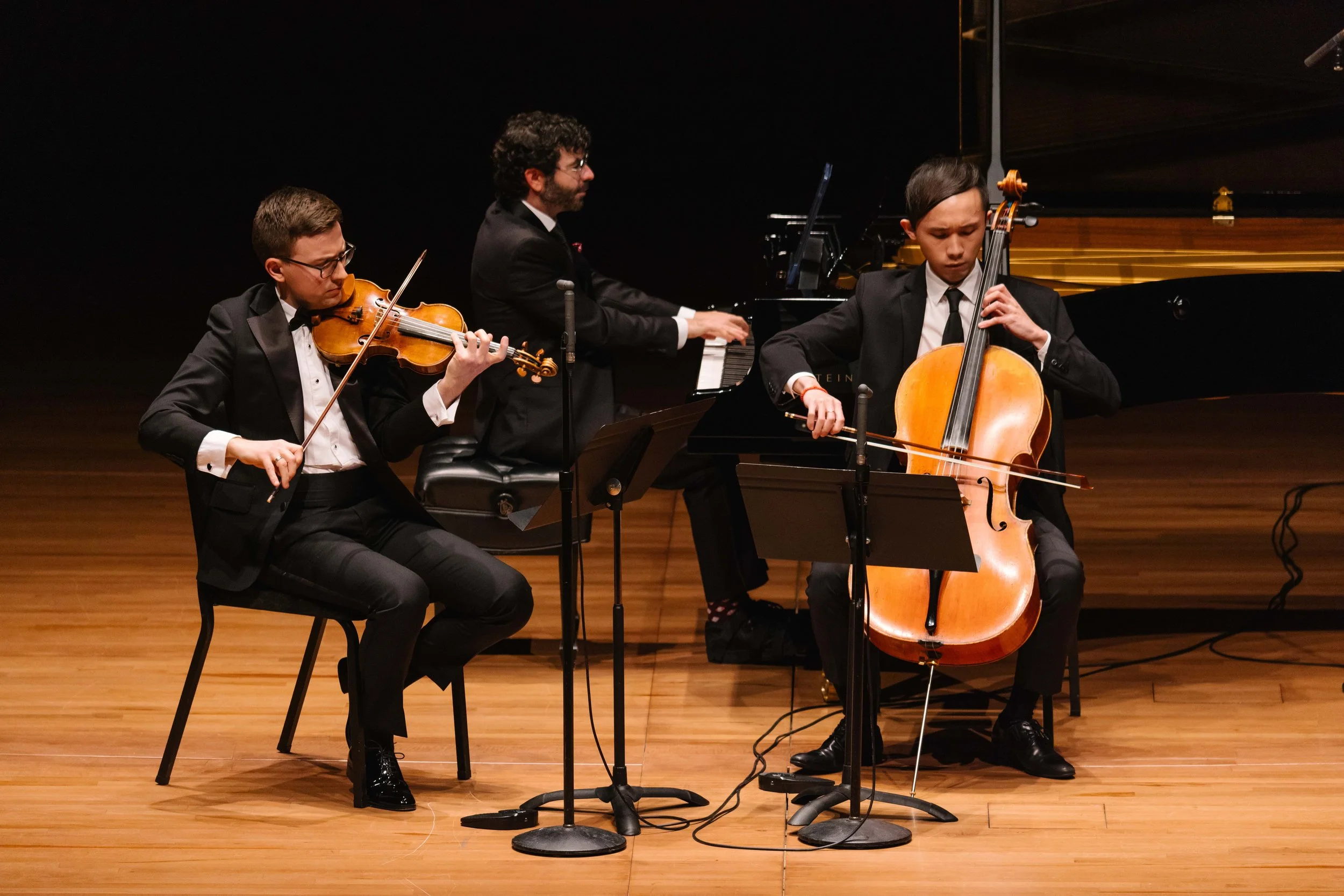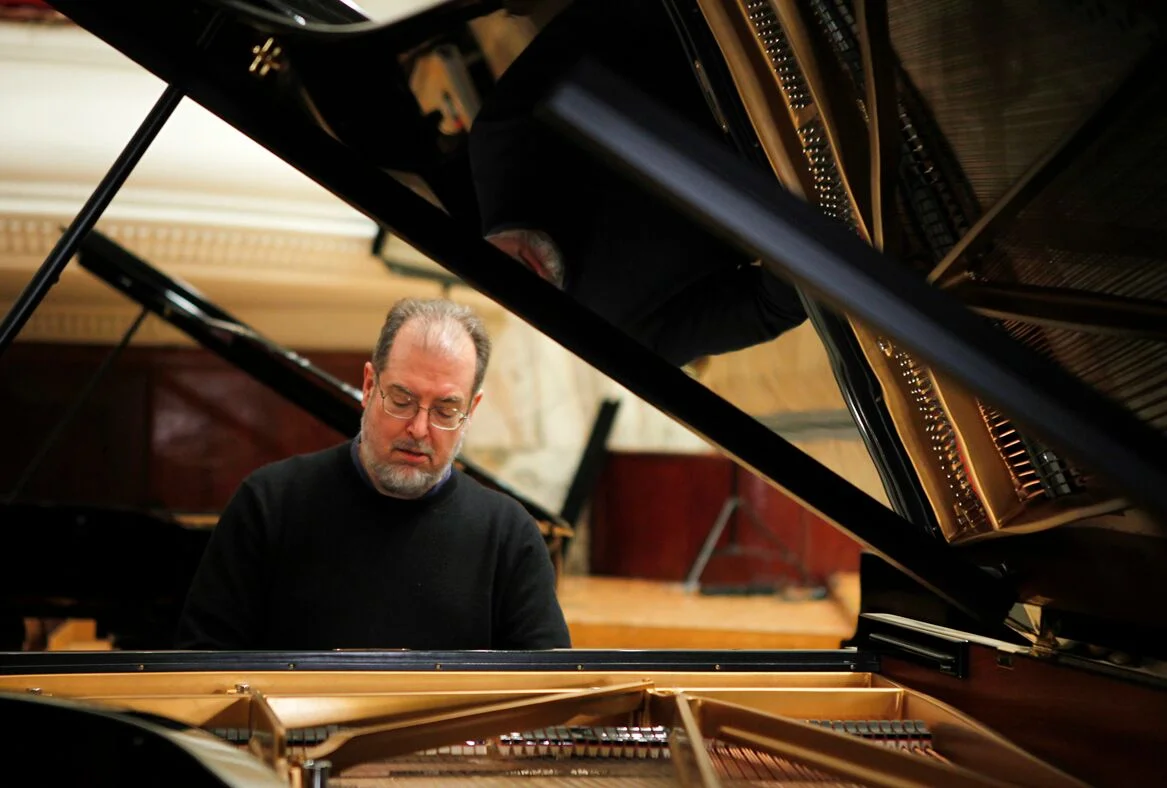REVIEW: Garrick Ohlsson's Crisp and Luscious Chopin at 92NY
Above photo by Joseph Sinnott.
November 12, 2023
The piano recital is alive and well. 92NY’s Kaufmann Concert Hall — one of the city’s superior stages for solo piano — hosted Garrick Ohlsson, first and only American winner of the Chopin International Piano Competition, in his first all-Chopin concert for New York audiences in more than a decade. Ohlsson delivered a veritable masterclass not only in classical piano performance, but also the fine art of programming.
Regarding the latter — the delicate balance of deciding how to choose and arrange a musical program — you might ask if two hours of Chopin is too much Chopin. But Frédéric Chopin’s output for solo piano — among the greatest artistic achievements in musical literature — represents the entirety of human experience. Ohlsson proves that like Bach, Beethoven, and Mozart, yes, a well-curated selection of Chopin’s piano music can be as fulfilling as a Shakespeare play.
Ohlsson makes the ritual of the classical recital feel rooted in purpose, in the sense that traditions that can feel old-fashioned exist to provide the performer maximum control over the music, putting the spotlight on the literature, the interpretation, and the potential of the piano itself. He shares with the audience.
Ohlsson dedicated his performance to the memory of the late Spanish pianist Alicia de Larrocha on the occasion of her centenary, and opened with two of Chopin’s Nocturnes. The Nocturne in F Major, Op. 15, No. 1 starts with the tranquillity of a cradle song. Ohlsson caressed the melody delicately, sweetly — until Chopin inserts unexpected drama, in a squall-like Con fuoco — and in both moods, he employs rubato subtly, purely in service to phrasing. The Nocturne in B Major, Op. 9, No. 3 shows a different side of the composer in an impish, wry scherzando. Ohlsson dispensed the coloratura-like florid embellishments with the dexterous spontaneity of Oscar Peterson riffing a jazz lick.
Photo by Joseph Sinnott.
The pianist has described the Barcarolle in F-sharp Major, Op. 60 as his favorite piece, well-evidenced by the care he places in it, as he paused and waited for latecomers to settle before beginning. I performed the Barcarolle in college, playing and hearing it countless times, but Ohlsson made it fresh and new again. He brought out inner melodic lines I never considered, and he thinks like a conductor, listening and shaping the sweeping builds and gasps of breath, bringing to life Chopin’s sensation of the ocean’s waves.
Contrasingly, Fantaisie in F Minor, Op. 49 was matter-of-fact and forward-driving, building to a triumphant march, and then a moment of repose in a tender Lento sostenuto, which revealed Ohlsson’s luscious legato. The program’s first half ended satisfyingly with the Scherzo No. 3 in C-sharp Minor, Op. 39, which he tossed off with impressive facility — deceptively athletic octaves and fistfuls of chords sculpted into long, singing lines. The middle section was magical, a full-voiced chorale decorated with effervescent, gossamer shimmers.
The program continued with Impromptu No. 2 in F-sharp Major, Op. 36, which gave the impression of being improvised, and finally, the rangy Piano Sonata No. 3 in B Minor, Op. 58. Ohlsson paced the work expertly, always leaving room to give more. The knotty counterpoint and chromatic connective tissue in the Allegro maestoso seemed effortless, and the Scherzo’s flying leggiero had the audience hovering above their seats, as if gravity was suspended. The Finale’s devilish Agitato was a kaleidoscopic tarantella: zigzagging filigree soaring over and around determined melodies brought to the fore.
But, the Sonata’s lyrical passages felt especially personal and reflective. The sostenuto second theme of the first movement shifted into a higher gear, its long-unspooling, never-ending melody seemed to intoxicate. Ohlsson shaped the singing line fluidly, but kept the arpeggiating accompaniment unadorned and crisp. The Largo third movement was the emotional climax of the program. Here, Ohlsson plays the piano like it were a bowed string instrument: rich, singing tone, and communicative, generous phrases.
A warm and enthusiastic ovation coaxed no fewer than three encores out of the pianist: The Nocturne in E-flat Major, Op. 9, No. 2, returning to bel canto-style legato and rubato, was followed by a dazzling and spirited Grand valse brilliante in E-flat Major, Op. 18, and a final treat, the “Minute” Waltz in D-flat Major, Op. 64, No. 1, made special by Ohlsson’s tender relishing of the sostenuto middle passage, a sort of benediction, sending the audience of piano enthusiasts out in the world with a waltz in their step.
***






